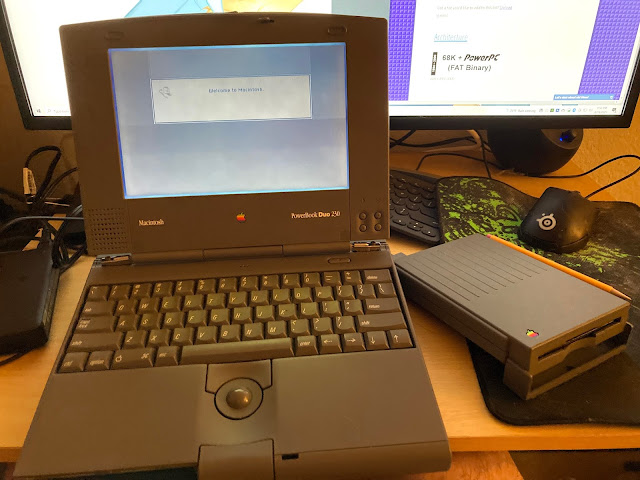When I moved, I ran two cables around the room. One to behind the headboard as a spare in case I re-arrange the room someday, and another to the corner my desk is on. My desk and bed being along the same wall with desk and headboard at opposite corners.
One of the things that has irked me all these years is how much of a tight fit this is. To pull my desktop forward to access the cables: I’ve had to yank the Ethernet. Very annoying. On the flipside when screwing with old computers, sometimes Ethernet is a better deal than Wi-Fi. Thus the cable under the headboard has been handy. Give or take that I usually end up wearing out my knees since the headboard isn’t handy, and the dog takes my spot while I’m putzing with computers.
Finally I’ve caved in any decided there shall be a gigabit switch at my desk instead of a direct connection to my gateway across the room.
Since the $20 TP-Link 8-port gigabit switches I replaced some old HPs^, I opted for one of these TP-Link Lightwaves, It’s rare that I need more than one port at my desk, and space is at a far greater premium than ports^^. Damned thing is tiny as can be. I envision its mounting place to be Velcro to the back of my monitor, but for now a simple picture hanger provides an immediate solution.
And for good measure of testing: Rimiru streaming Netflix from its 1 Gbit/s Ethernet while my PowerBook G3 runs off its 10 Mbit/s Ethernet for grabbing some floppy images for the ‘ol Duo.
^ HP makes some good switches. These worked great as long as you didn’t do a lot of multicast, but had a bigger problem. Turn off a computer and all ports would experience batshit packet loss until you turn that machine back on or unplug it from the switch. Weird.
^^Unlike at work where there’s more space and far more equipment. My home is a more wireless network centric place :P.


